Nowadays a lot of audio versions of the Rubáiyát are available. Early recordings were done on lp in 1955 by Jim Ameche, Ralph Bellamy and Raymond Massey. These are usually FitzGerald’s versions, and some are with background music.
Recent recordings (a first selection, more will follow):
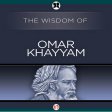 The Rubaiyat of Omar Khayyam. By E.F. Thompson. Narrated by Mark Turetsky.
The Rubaiyat of Omar Khayyam. By E.F. Thompson. Narrated by Mark Turetsky.
Audible Inc., 2013.
Time: 2 hours, 3 minutes.
From Audible, an Amazon company.
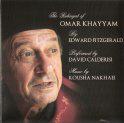 The Rubaiyat of Omar Khayyam. Translated by Edward FitzGerald. Narrated by David Calderisi.
The Rubaiyat of Omar Khayyam. Translated by Edward FitzGerald. Narrated by David Calderisi.
Published by David Calderisi, 2012.
Time: about 60 minutes.
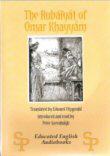 The Rubaiyat of Omar Khayyam. Translated by Edward FitzGerald. Introduced and read by Peter Greenhalgh.
The Rubaiyat of Omar Khayyam. Translated by Edward FitzGerald. Introduced and read by Peter Greenhalgh.
English Speech and Pronunciation, 2012.
Time: 30 minutes.
From: AudioAndBooks.com.
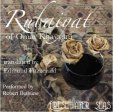 Rubaiyat of Omar Khayyam. By Edward FitzGerald. Narrated by Robert Bethune.
Rubaiyat of Omar Khayyam. By Edward FitzGerald. Narrated by Robert Bethune.
Freshwater Seas, 2010.
Time: 34 minutes.
From Audible, an Amazon company.
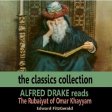 Alfred Drake reads The Rubaiyat of Omar Khayyam. By Edward FitzGerald.
Alfred Drake reads The Rubaiyat of Omar Khayyam. By Edward FitzGerald.
Saland Publishing, 2009.
Time: 22 minutes.
From Audible, an Amazon company.
 The Rubaiyat of Omar Khayyam explained. By Paramhansa Yogananda. Narrated by Donald J. Waters.
The Rubaiyat of Omar Khayyam explained. By Paramhansa Yogananda. Narrated by Donald J. Waters.
Cristal Clarity Publishers, 2006.
Time: 6 hours, 27 minutes.
From Audible, an Amazon company.
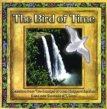 The Bird of Time. Selections from The Rubaiyat of Omar Khayyam explained. Voice and instrumentation by Swami Kriyannda.
The Bird of Time. Selections from The Rubaiyat of Omar Khayyam explained. Voice and instrumentation by Swami Kriyannda.
Cristal Clarity Publishers, 2006.
Time: 1 hour, 1 minute.
From Audible, an Amazon company.
Another important resource is Internet Archive, which has a collection of recordings by LibriVox, read by volunteers. Here you will also find other translations than those by FitzGerald. And of course there is YouTube with lots of footage and recordings. A selection will follow soon.
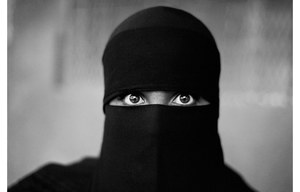
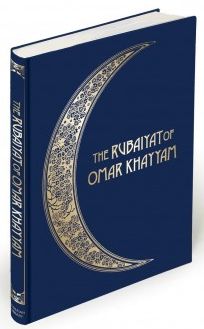 Bodleian Library issued a reprint of the edition of the Rubáiyát that was illustrated by René Bull (1872-1942). Bull started his career studying engineering in Paris where he soon switched to the art of illustrating. When he settled in London in 1892 he started to draw for newspapers and magazines, and from 1898 till 1900 he worked as a photographer in India, Sudan and South Africa, where he covered several campains. Bull also illustrated “The Arabian Nights”, “The Russian Ballet” and “Andersen’s Fairy Tales”.
Bodleian Library issued a reprint of the edition of the Rubáiyát that was illustrated by René Bull (1872-1942). Bull started his career studying engineering in Paris where he soon switched to the art of illustrating. When he settled in London in 1892 he started to draw for newspapers and magazines, and from 1898 till 1900 he worked as a photographer in India, Sudan and South Africa, where he covered several campains. Bull also illustrated “The Arabian Nights”, “The Russian Ballet” and “Andersen’s Fairy Tales”.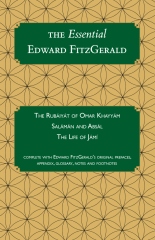 This is a newly published e-book with the main versions of FitzGerald’s translation of the Rubáiyát of Omar Khayyám, (the first, second and fifth), and his translation of Jámí’s Salámán and Absál. The work includes all the original notes and prefaces, together with an Appendix, Glossary and Endnotes.
This is a newly published e-book with the main versions of FitzGerald’s translation of the Rubáiyát of Omar Khayyám, (the first, second and fifth), and his translation of Jámí’s Salámán and Absál. The work includes all the original notes and prefaces, together with an Appendix, Glossary and Endnotes.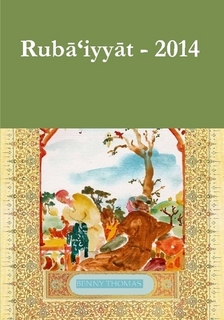
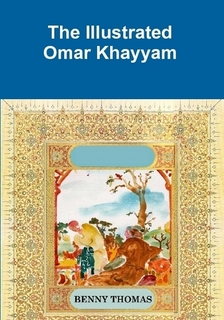

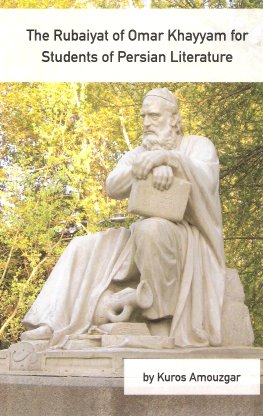 Kuros Amouzgar, educated as an engineer and living in the USA, translated the Persian text of Furughi and Ghani’s edition of the Rubáiyát, to help his children’s generation enjoy their Persian literary heritage. These children of Iranians living outside their homeland, often lack knowledge and understanding of the Persian language and literature. Khayyám is one of the most famous and well known Persian poets and his verses are easier to comprehend and to translate than other Persian poets.
Kuros Amouzgar, educated as an engineer and living in the USA, translated the Persian text of Furughi and Ghani’s edition of the Rubáiyát, to help his children’s generation enjoy their Persian literary heritage. These children of Iranians living outside their homeland, often lack knowledge and understanding of the Persian language and literature. Khayyám is one of the most famous and well known Persian poets and his verses are easier to comprehend and to translate than other Persian poets. The Rubaiyat of Omar Khayyam. By E.F. Thompson. Narrated by Mark Turetsky.
The Rubaiyat of Omar Khayyam. By E.F. Thompson. Narrated by Mark Turetsky. The Rubaiyat of Omar Khayyam. Translated by Edward FitzGerald. Narrated by David Calderisi.
The Rubaiyat of Omar Khayyam. Translated by Edward FitzGerald. Narrated by David Calderisi. The Rubaiyat of Omar Khayyam. Translated by Edward FitzGerald. Introduced and read by Peter Greenhalgh.
The Rubaiyat of Omar Khayyam. Translated by Edward FitzGerald. Introduced and read by Peter Greenhalgh. Rubaiyat of Omar Khayyam. By Edward FitzGerald. Narrated by Robert Bethune.
Rubaiyat of Omar Khayyam. By Edward FitzGerald. Narrated by Robert Bethune. Alfred Drake reads The Rubaiyat of Omar Khayyam. By Edward FitzGerald.
Alfred Drake reads The Rubaiyat of Omar Khayyam. By Edward FitzGerald. The Rubaiyat of Omar Khayyam explained. By Paramhansa Yogananda. Narrated by Donald J. Waters.
The Rubaiyat of Omar Khayyam explained. By Paramhansa Yogananda. Narrated by Donald J. Waters. The Bird of Time. Selections from The Rubaiyat of Omar Khayyam explained. Voice and instrumentation by Swami Kriyannda.
The Bird of Time. Selections from The Rubaiyat of Omar Khayyam explained. Voice and instrumentation by Swami Kriyannda.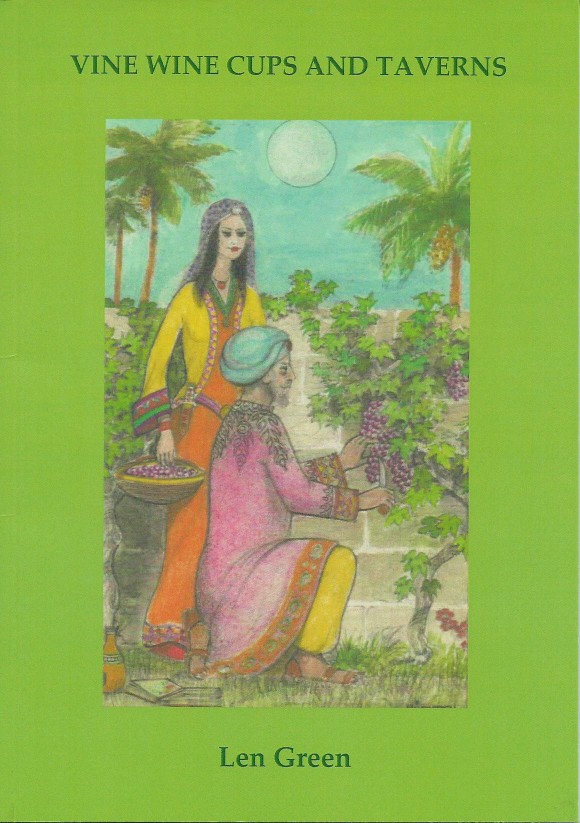 Len Green, from Australia, has just issued another book with selections from various translations of Khayyám’s verses, dedicated almost entirely to Omar’s wine quatrains and everything one needs to enjoy a good bottle: the vine, the grape, the juice, the draught, Saki, cup and cupbearers, bowls and bottles, jugs and jars, flasks and flagons, the rose and the tulip and of course your loved one.
Len Green, from Australia, has just issued another book with selections from various translations of Khayyám’s verses, dedicated almost entirely to Omar’s wine quatrains and everything one needs to enjoy a good bottle: the vine, the grape, the juice, the draught, Saki, cup and cupbearers, bowls and bottles, jugs and jars, flasks and flagons, the rose and the tulip and of course your loved one.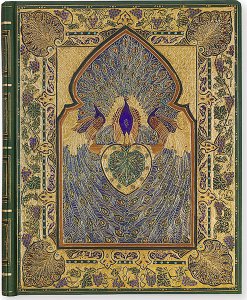 The Peter Pauper Press, well known for a number of editions of the Rubáiyát, have now issued a so called Great Omar Journal, a notebook providing 192 blank, lightly-lined pages “for personal reflection and creative expression”. The covers are taken from the famous Sangorski & Sutcliffe binding.
The Peter Pauper Press, well known for a number of editions of the Rubáiyát, have now issued a so called Great Omar Journal, a notebook providing 192 blank, lightly-lined pages “for personal reflection and creative expression”. The covers are taken from the famous Sangorski & Sutcliffe binding.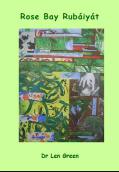 background of Khayyám’s poetry. He also published some paraphrases, written by himself. The book Rose Bay Rubaiyat has been published not for profit, and with appropriate authorization it is currently available for sale in support of Médecins Sans Frontières – Doctors Without Borders.
background of Khayyám’s poetry. He also published some paraphrases, written by himself. The book Rose Bay Rubaiyat has been published not for profit, and with appropriate authorization it is currently available for sale in support of Médecins Sans Frontières – Doctors Without Borders.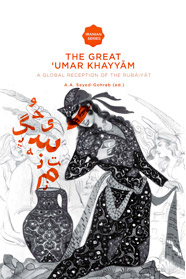 The book The Great ’Umar Khayyam, which consists of 18 essays about Khayyam’s influence, shows that traces of Khayyam can be found throughout Western literature and culture. Dutch poets such as Leopold and Boutens were inspired by him, for instance, but the quatrains also made their mark in 20th century painting and music.
The book The Great ’Umar Khayyam, which consists of 18 essays about Khayyam’s influence, shows that traces of Khayyam can be found throughout Western literature and culture. Dutch poets such as Leopold and Boutens were inspired by him, for instance, but the quatrains also made their mark in 20th century painting and music.